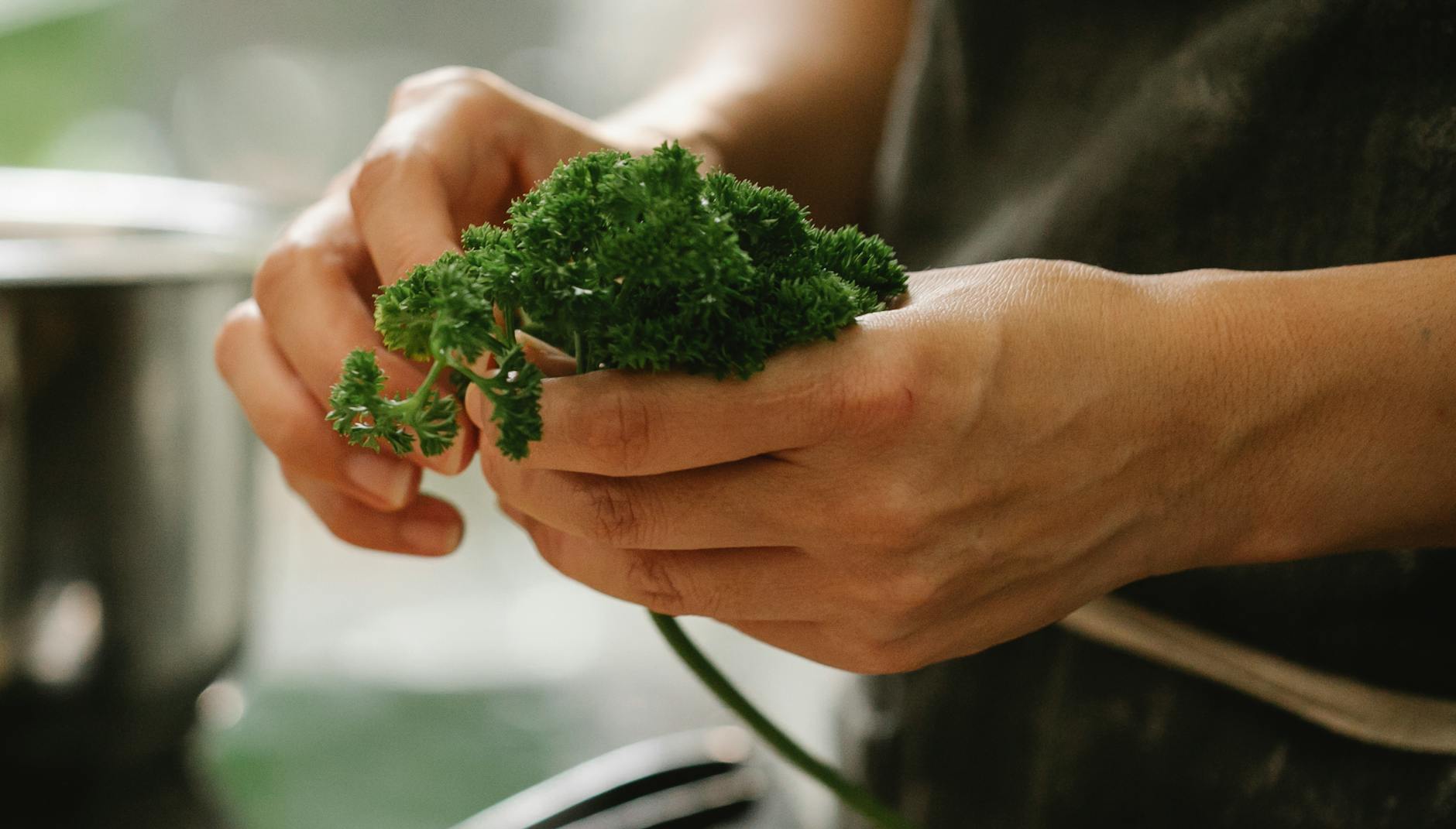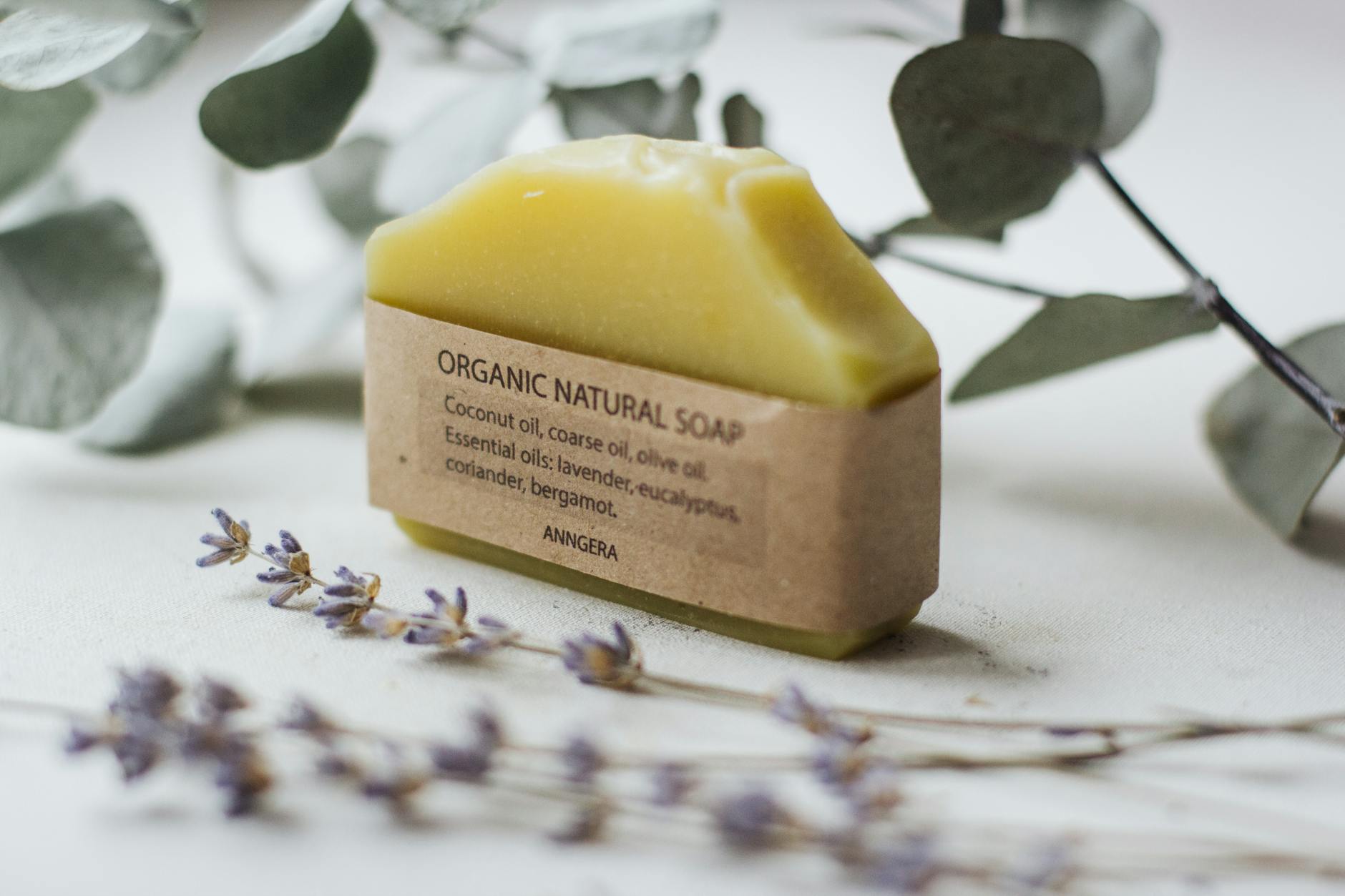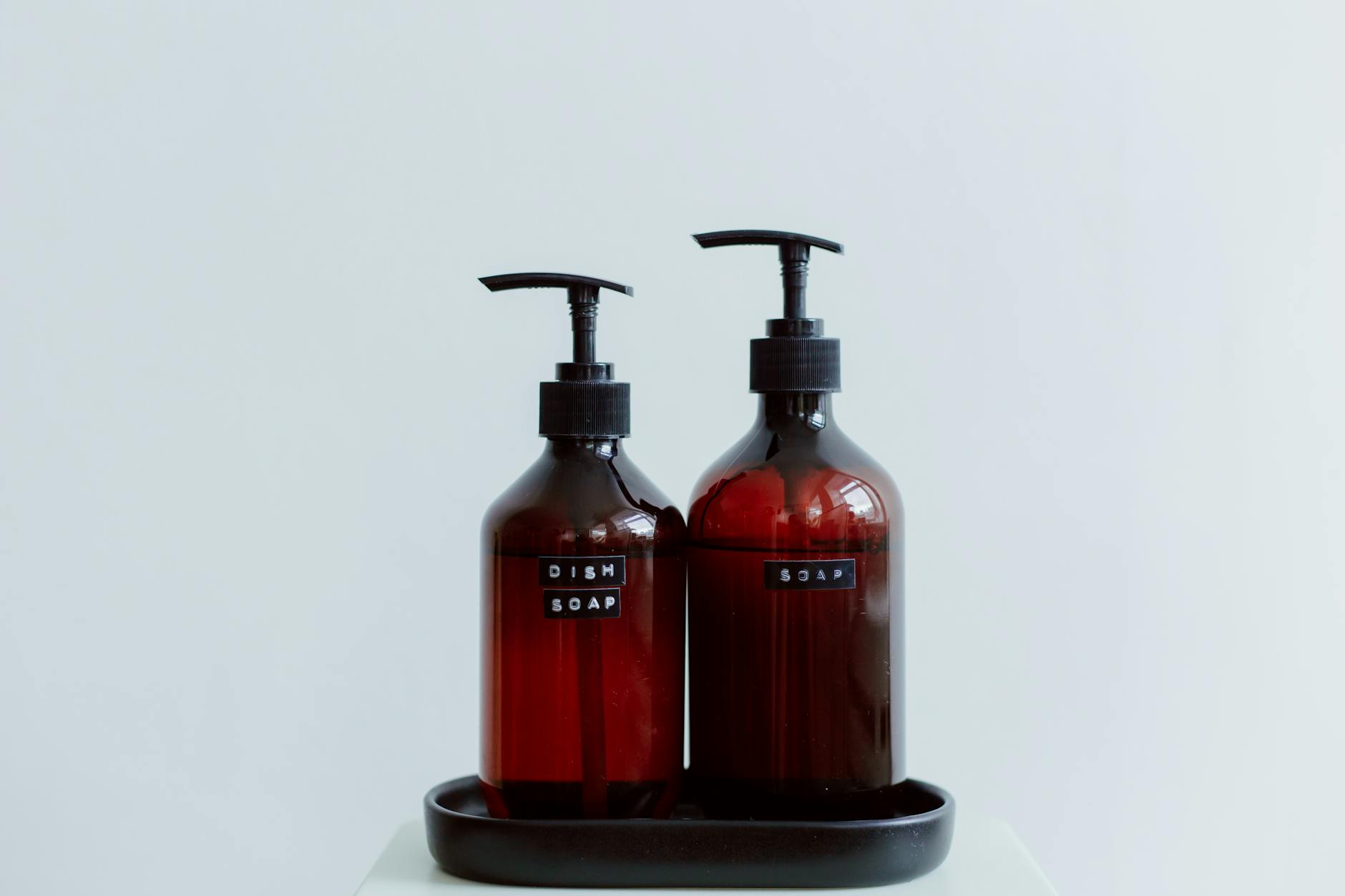Is Your Sunscreen Safe for Australia’s Coral Reefs?

Understanding Reef-Safe Sunscreens
As a parent in sunny Australia, you know that protecting your child's skin is crucial. But, have you ever paused to consider what those kids sunscreen products contain and how they affect the environment? That's exactly what we're exploring today—and it's as fascinating as a day at the Brisbane Botanic Gardens. Sun protection for young ones doesn't have to mean harm to our beautiful marine life. With children often playing in water, it's key to choose sunscreens that safeguard both skin and the sea.
When searching for child-safe and eco-friendly sunscreens, opting for zinc sunscreen can make a significant difference. Zinc-based options are mineral sunscreens that sit on the skin’s surface, creating a physical barrier against harmful rays without leaching toxic chemicals into our water ecosystems. Conventional sunscreens typically contain chemicals like oxybenzone, which are not just harmful to coral reefs but may also irritate sensitive skin.
Consider steering towards products with certifications that confirm their safety for both users and the environment. This holistic approach ensures children remain protected without inadvertently harming sea life. By choosing suitable sunscreens, you not only provide adequate protection for your children but also contribute positively to marine conservation—a small yet impactful shift that aligns with our greater responsibility to the planet.
Choosing Safe Sunscreen Alternatives
Mineral vs. Chemical Sunscreens
When it comes to selecting a sunscreen that's both effective and gentle on the environment, understanding the difference between mineral and chemical options is crucial. Mineral sunscreens, often touted as reef safe sunscreen, use active ingredients like zinc oxide and titanium dioxide. These natural minerals form a protective layer on the skin, reflecting harmful UV rays, and are generally recognised as safe for marine life. On the other hand, chemical sunscreens absorb UV rays through a chemical reaction. They contain ingredients like oxybenzone and octinoxate, which have been linked to coral bleaching and can pose a threat to ecosystems, such as the vibrant habitats near places like South Bank Parklands.
Natural Ingredients to Seek
To ensure you're choosing a product that aligns with an eco-friendly lifestyle, look for sunscreens incorporating natural ingredients. These include plant-based oils like coconut or jojoba oil, which hydrate the skin and provide a barrier against the sun without harmful additives. Shea butter and aloe vera are also excellent for soothing and moisturising, ensuring your skin stays healthy without harming aquatic life.
Certification and Labels to Trust
When picking out sunscreen, it’s wise to look for certifications from reputable organisations. Labels like "Certified Organic," "Non-GMO," or "EcoCert" indicate a commitment to sustainability and environmental health. These labels provide peace of mind that the product is manufactured under strict guidelines prioritising both your health and the planet's well-being. Integrating these choices into your daily routine fosters an environmentally responsible lifestyle, whether you're exploring Brisbane Botanic Gardens or enjoying a day at the beach.
Educating Others on Safe Practices
Communicating Environmental Impact
As a committed surf instructor and marine conservationist, I'm always in dialogue with my students about the importance of utilising natural sunscreen to protect marine ecosystems. The dazzling waters at Brisbane's South Bank Parklands offer the perfect backdrop for these essential conversations. With my students gathered around, I share stories about how certain chemicals in sunscreens can harm our vibrant coral reefs, which are already under significant stress. By breaking down the facts into easy-to-understand snippets, even the youngest among us can grasp the critical need for change.
Encouraging Sustainable Choices
I find that making child-friendly recommendations is key when teaching families about sun protection. For instance, explaining how some natural ingredients, like zinc oxide, form a physical barrier against UV rays without leaching harmful substances into the ocean. When parents understand that their choices at the beach contribute to preserving places like the nearby Brisbane Botanic Gardens, it often motivates a shift towards more sustainable products.
Surf Instructor Tips for Students
Eco-education doesn't stop in the classroom—it's part of every surfing lesson. When paddling out with students, I make it a point to demonstrate how applying reef-safe sunscreen before entering the water protects our playground from harm. Integrating these practices into our sessions not only safeguards the ocean but fosters a deeper respect for it. Each wave ridden is a reminder of why we teach and learn sustainability, leaving families feeling both informed and empowered.
Integrating Eco-Friendly Habits
Daily Routines That Protect Reefs
Incorporating eco-friendly habits into our daily lives can have a significant impact on ocean conservation. One straightforward change is choosing the right sunscreen for your family. Opt for baby sunscreen that ensures safety for both your child and marine life. As we explore and enjoy places like the Brisbane Botanic Gardens, making informed choices can help protect the very environments we cherish.
Supporting Ocean Health Beyond Sunscreen
It's crucial to remember that protecting our oceans goes beyond just picking the correct sunscreen. Consider sustainable practices such as reducing plastics, supporting eco-friendly brands, and opting for reusable water bottles. Every little effort counts toward maintaining a healthier environment for our children and marine life. Keeping sustainability in mind can make your experiences at places like the South Bank Parklands more rewarding and conscientious.
Engaging with Local Conservation Efforts
Brisbane is home to inspiring conservation initiatives, such as those at the Lone Pine Koala Sanctuary. Participating in local conservation efforts or educational programs can be a great way to teach children about environmental stewardship. Encouraging children to get involved not only bolsters marine conservation but also instils a sense of responsibility towards our planet. Embracing these activities fosters a nurturing environment where kids learn the importance of caring for their surroundings.
Avoiding Common Sunscreen Mistakes
Decoding Sunscreen Labels
Navigating sunscreen labels can be a daunting task, but understanding them is pivotal to make informed choices. Many labels boast of terms like "organic" or "natural," yet it's essential to delve into the ingredient list. Popular culprits like oxybenzone and octinoxate are not only harmful to coral reefs but potentially irritating to delicate skin. When eyeing those products during a laid-back day at the Brisbane Botanic Gardens, seek sunscreens labelled "reef-safe" or "mineral-based." Zinc oxide and titanium dioxide are ideal choices, providing a physical barrier against harmful rays while safeguarding marine ecosystems.
A Keen Eye on Expiry Dates
A common oversight is neglecting sunscreen expiration dates. While it's tempting to rely on last year's sunblock for quick trips to the South Bank Parklands, an expired product loses its efficacy, putting your child's skin at risk of UV damage. Regularly checking expiration dates allows you to be better prepared, ensuring the product's active ingredients are effectively protective. This practice will not only keep your little ones safe but also instill healthy habits in them.
Broadening Environmental Awareness
Focusing solely on sunscreen ingredients is a misstep if broader environmental practices are ignored. At locations like the Lone Pine Koala Sanctuary, a comprehensive eco-conscious approach involves using reusable containers, recycling, and fostering good waste disposal habits. These actions work in tandem with choosing eco-friendly sunscreens, promoting an all-encompassing commitment to our environment, which will undoubtedly educate and empower your children to make sustainable choices confidently.


